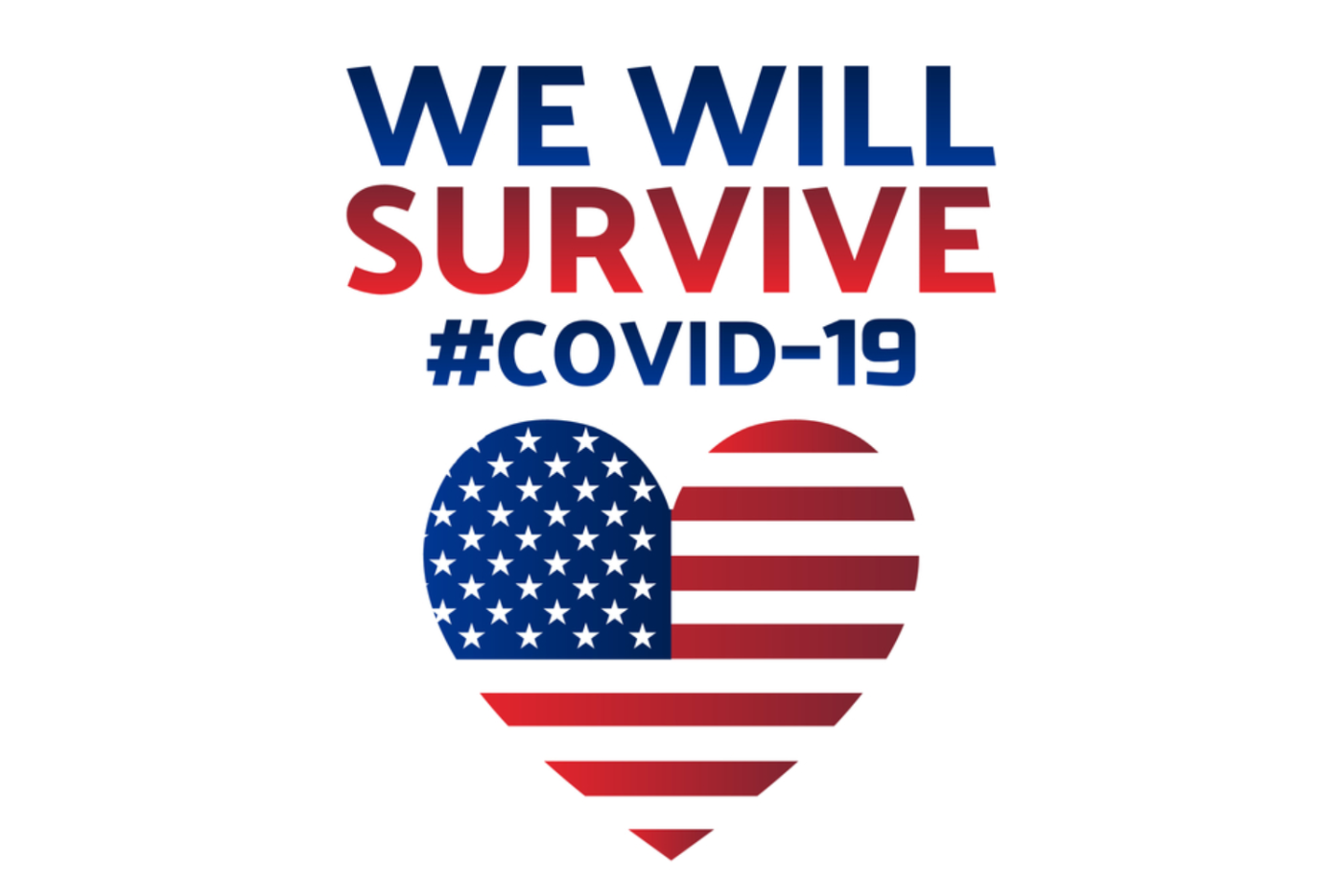Update: The Affordable Care Act & What you Need to Know for 2019
Whether you are a proponent of the Affordable Care Act (ACA) or not, it remains a critical piece of legislation that dictates how our clients manage their business. As a partner, in support of all aspects of Human Resources, HRBOOST® remains vigilant in our understanding of the law and the changes around it to help successfully navigate this ever-changing landscape. Below are a few key areas we would like to update our clients on in support of their business and employees.
As of August 2018, the Department of HHS, Labor and Treasury issued a final rule increasing the duration an insurer can renew, or extend, short-term healthcare coverage from 3 months to up to 36 months.
The purpose of short-term, limited duration insurance was to fill a temporary gap in medical coverage. However, with the changes in duration, there is concern that it will be used to circumvent the ACA individual market, leaving primarily older, less healthy individuals with higher premiums than originally intended.
Individuals should be aware that short-term plans do not have to comply with the Affordable Care Act’s (ACA’s) market reforms, as such short-term insurers can charge higher premiums based on health status, exclude coverage for preexisting conditions, impose annual or lifetime limits, opt not to cover entire categories of benefits (such as substance use disorder treatment or prescription drugs), rescind coverage, and require higher out-of-pocket cost-sharing than under the ACA.
In September 2018, another change to the ACA by the Trump Administration was enacted affecting Association Health Plans (AHP). These plans allow employers to group together under a unified insurance plan. Due to loosening of regulations, the sole commonality between companies can be based on geography, or simply desire for shared health insurance enrollment. This will allow individuals who work for themselves to join these plans. While certainly advantageous to some employers, there are downsides to this flexibility. AHPs do not have to include the “10 essential health benefits” required for plans in the individual and small group market, which can severely limit the coverage afforded to an individual and drive up costs in those markets.
The final change currently proposed as result of the Administration’s Executive Order was through the expansion of the Health Reimbursement Arrangements (HRA). The proposal would create a new tax-preferred option for employers of any size to fund the cost of the individual health insurance. The advantage to employees would be that they would be able to keep their plan if they left their current employer; however, individuals at higher risk may need more expensive coverage through the individual market than what will be covered under the HRA. Since this proposal is still pending, we will continue to watch and update our clients as it unfolds.
Another area for our clients to be aware of relates to the IRS penalty notifications and how Employers may best remain in compliance of ACA laws. Of critical importance when receiving any type of communication from the IRS is a timely response to avoid further fines. Most issues can be easily corrected, and the IRS has been accommodating when companies make a good faith effort to rectify the situation. Consulting a tax advisor is paramount to avoiding sizable fees.
If you are an Applicable Large Employer (ALE), the specific IRS Notifications that you may receive relating to the ACA are outlined below. As a reference, you are considered an ALE if you have at least 50 full-time employees, including full-time equivalent employees, on average during the prior year.
Letter 5699 requests verification that an Employer has provided FORM 1094 for the applicable tax year. Make sure to determine whether the corporate name and tax ID referenced in the letter are accurate. The Employer has 30 days to respond.
Letter 226J notifies an Employer of a potential penalty assessment. An important first step is to obtain your 1094 forms from the corresponding year and make sure to consider HIPAA privacy/ERISA 510 when responding. The Employer has 30 days to respond to indicate agreement or disagreement with the proposed penalty amount. You can apply for an extension if necessary.
IRS 227 Penalty Notice acknowledges the Employer’s response to Letter 226J and explains the outcome of the IRS’s review and the next steps to fully resolve the penalty assessment.
A few final thoughts relating to compliance:
If you are an applicable large employer (ALE) make sure all FEINs are accounted for.
Self-funded clients must include dependent and COBRA data
Your 1094 reflects the minimum essential coverage (MEC) offered all 12 months.
You have record of an offer of coverage to employees on file with HR/Payroll.
In conclusion, thank you to Ben Conley from Seyfarth Shaw and Michael Weiskirch from Employee Tech for sharing these valuable insights into a very important, and ever changing, topic. These are key learnings we will certainly share with our clients as they prepare for 2019.





